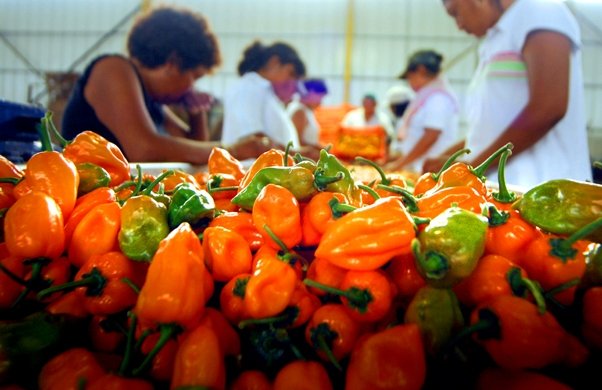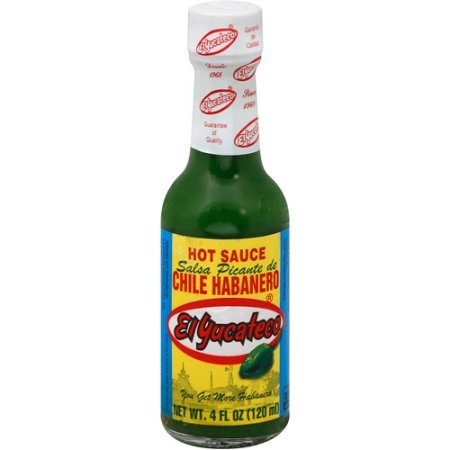Chile Habanero: Fiery Delight for the Palate
Yucatán is known all over the world not only for its archaeological sites, but also for its culinary tradition. No mention of Yucatecan cuisine would be complete without mentioning the habanero chile as a complement to our gastronomy. One very popular way to prepare it is with tomato, onion, cilantro, and sour orange or lime juice, in salsa “Xni pec,” a Maya word meaning “wet nose of the dog” which would suggest that the sauce is so hot it makes your nose run. And for the very brave, eating it fresh, raw, with bites taken to accompany your meal. Do you dare to try it that way? Beware!
It can also be roasted, pickled, or chopped in pieces with salt and lime, ready to add to cochinita pibil, lechón al horno, papadzules, puchero, frijol con puerco, relleno negro, queso relleno, escabeche de Valladolid, and tacos, among other dishes. Its consumption is very deep-rooted among residents of the peninsula and has given national and international fame to Yucatecan gastronomy.
The habanero chile of Yucatán, or Capsicum chinense, is one of the hottest chiles in the world. It was introduced to the Peninsula via the Caribbean Sea by indigenous migrants from South America.
The plants are not planted directly in the ground; they are first planted in places with favorable conditions of soil, light, and water, and then transplanted to their final cultivation site. In traditional locations, they are planted in elevated structures locally known as “canché.” Planting can be done at any time of the year, but during the rainy season from June to September the conditions are best; the temperature, humidity, and sunlight facilitate the best results.
Although habanero chile is also grown in other parts of México, more than 50% of the production destined for national and international markets comes from Yucatán, Campeche, and Quintana Roo, with exportation to USA, Japan, and parts of Europe; whether dried, ground, in sauces, or fresh.
The fruit of the chile is a hollow berry in the form of a top, very aromatic, with veins and seeds inside; it is usually green until it matures, and then it can present variations of yellow, orange, red, purple, or brown. Its heat comes from the presence of capsaicin, an element which also has antibacterial properties which can prevent and attack asthma and coughs via infusion; it can prevent some types of cancer including intestinal, colon, and stomach cancer; it is a heat-producing agent which can increase the number of calories burned during digestion; it can reduce cholesterol levels; and it is also an anti-coagulant, anti-inflammatory, and anti-oxidant. (Check with your doctor). It is also used in the production of tear gas.
In 2006, habanero chile producers and Yucatecan authorities campaigned for official stautus with the “Instituto Mexicano de la Propiedad Industrial”. Since 2009, habanero chiles which are legally certified in any of the states of the peninsula (Campeche, Quintana Roo and Yucatán) are permitted to carry the name “chile habanero de la península de Yucatán”.


